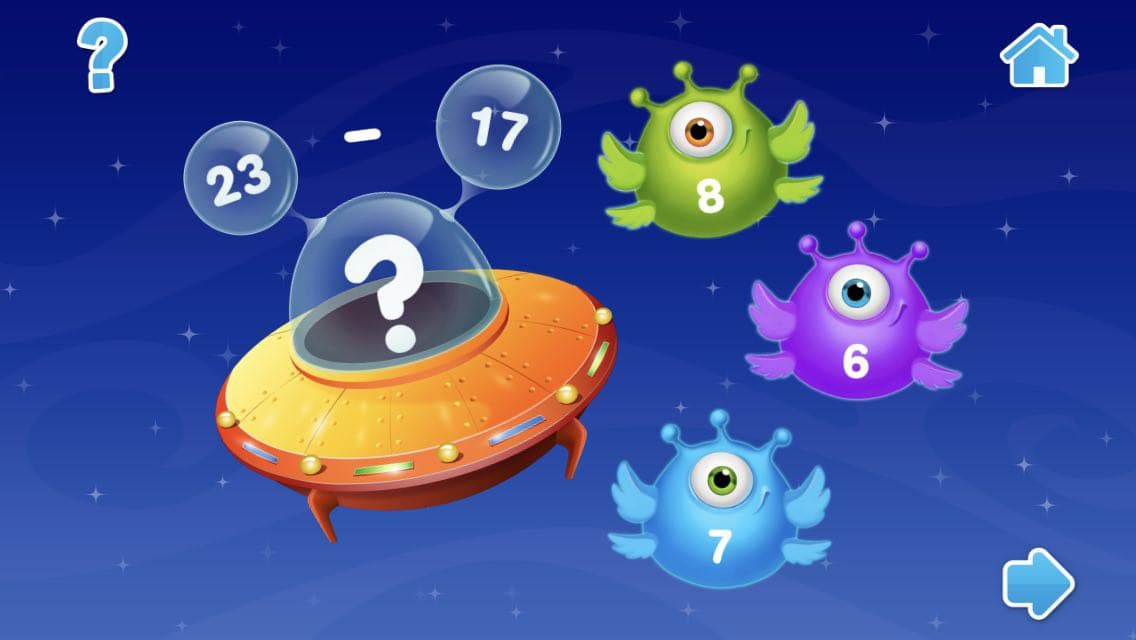Raising a Bilingual Child: Do's and Don'ts
July 6, 2018
Whether you or your family speaks multiple languages, or you just want your child to be better prepared for a diverse society, the benefits of a bilingual education are undeniable. Besides future career success, The American Speech-Language-Hearing Association says that children who learn another language enjoy learning advantages, making them more adept in certain skills, like categorizing words, and breaking down sounds.
If you’re wondering how to get started, and what to do—and not to do — while raising a bilingual child, then look no further; the following list will help you get started, or keep you on the right track for your budding bilingual child.

Special Offer: Get 60% off the yearly subscription on Kids Academy: Talented & Gifted Program! You’ll find tons of summer learning activities covering math, writing, science and much more!
DO's
DO LOOK FOR A BILINGUAL SCHOOL
While not available in all areas, more bilingual kindergarten and early childhood programs are cropping up near major cities and even in the public-school systems. You might find that a neighborhood school near you offers a bilingual immersion program where half of the day is taught in English, and the other half is taught in a second language, usually Spanish.
- Enroll into a private school in your area that teach children a second language geared towards young children.
- Attend extracurricular programs in your area to help expose your child to a second language, if no other options are available.
DO SEEK OUT QUALITY MATERIALS INBOTH LANGUAGES
Kids love technology, and using screen time is another great way to introduce your child to words and sounds of a foreign language. There is no shortage of materials online, whether in print or on the screen, that can help your child improve their awareness of sounds, words, and language.
- Look for quality language programs for kids that make learning a new language interactive and fun.
- Find materials to support your child’s blossoming linguistic skills in both languages.
- Offer ABC worksheets in both languages, as sometimes letters can be different amongst the different languages.
DO BUILD A NETWORK FOR YOUR CHILD
One key to success is finding other families who are raising their children in a bilingual home. If your child is already enrolled in a bilingual immersion course, or even language classes, seek out your child’s classmates and their parents. This will help create a community for your child, ensuring play dates and more exposure to the language.
- Seek out families that are also teaching their children the same language your child is learning.
- Reach out to your neighbors during neighborhood events.
- Find a cultural association or organization in your locality, or use the internet to find local parent Facebook groups, or websites like Meetup.com.

DON'Ts
DON'T WORRY IF YOUR CHILD WILL MIX UP LANGUAGES
All children have the potential to learn multiple languages, and because their minds are just growing, early childhood is just right time for kids to start learning. Experts in bilingualism say that kids may use interchangeably use words from one language when speaking in another. This is called “code-switching”, but it doesn’t mean that kids don’t know which language they’re using. Children also know when to use the appropriate language and words when speaking to a monolingual person.
DON'T MIND BEING THE SOLE TEACHER
If you’re a monolingual parent, you might worry that you don’t know enough of your child’s second language to teach it to them. However, kids learn language through exposure. When your child was learning his or her native language shortly after birth, he or she wasn’t being “taught” the language. Simply being exposed to the language helped your child to learn. If your child has authentic exposure to the second language, your child will learn.
- Seek out opportunities for your child: can you find a bilingual daycare or preschool for your child? Perhaps a family member, friend, or babysitter is fluent in the second language.
- Look for other options for your child to gain exposure consistently, and he or she will be well on their way to learning the second language.
DON'T GIVE UP!
Teaching a child a new language is exciting for both parents and kids! Realistically, it can also be challenging, and at times frustrating. As with any topic or subject in learning, acquiring a second language takes time and involves a long-term commitment. It may take longer than you think for your child to become fluent in the target language, but children’s minds are like sponges and will soak up repeated exposure and skills in the new language, even as they learn more of their native language, too.
- Be patient as your child learns both languages side-by-side.
- Don’t let your child give up, and be consistent.
- Encourage your child to learn at his or her own pace.
THE BOTTOM LINE
No matter if you’re bilingual yourself, or you simply wish your child to learn a new language, you can be rest assured that your child will become bilingual if provided with enough exposure and positive experiences with both languages. Even monolingual parents can help a child to acquire a new language that can open doors to potential academic success and careers that might not otherwise be available to your child when they are adults.
Learning a new language can be exciting and lead to academic and career success in the future. Keep your child’s learning fun, and provide enough exposure, and your child’s linguistic skills will blossom beyond your imagination!
Check out the best kids' songs compilation video to encourage your young one to master their speaking and listening skills in no time!



.jpg)







